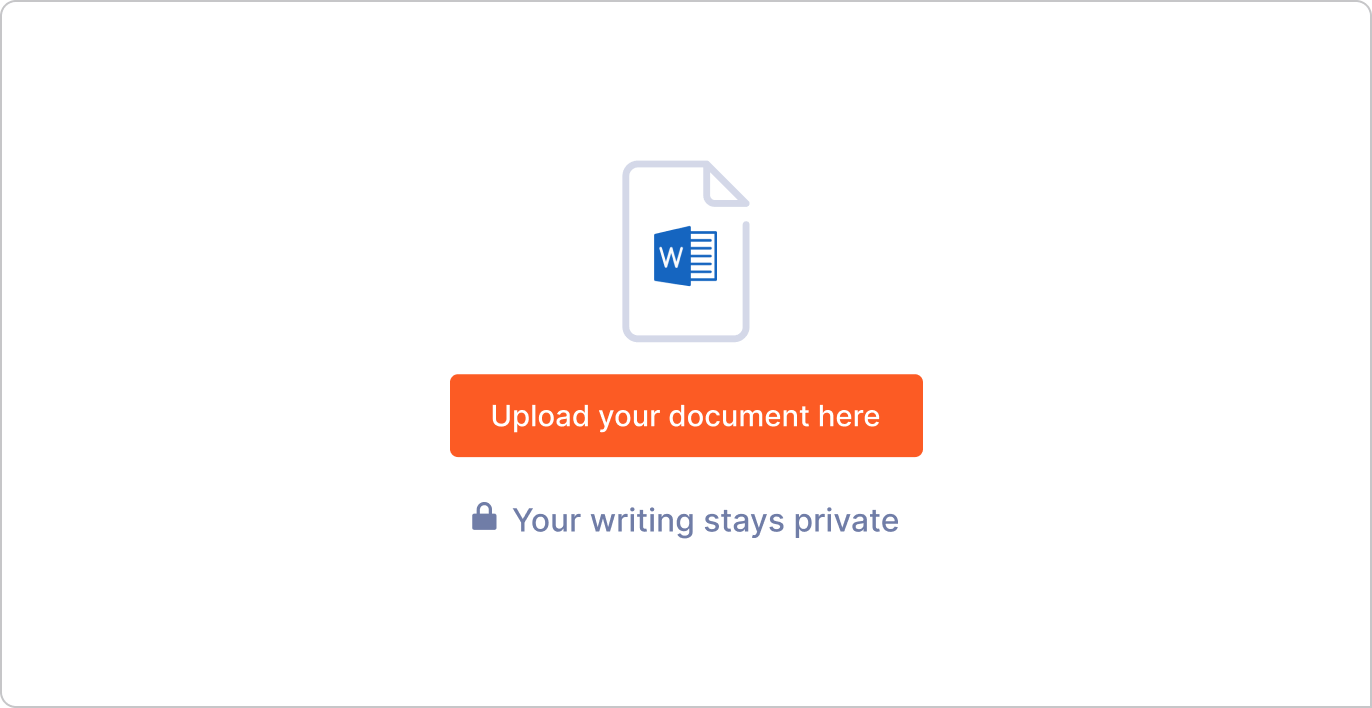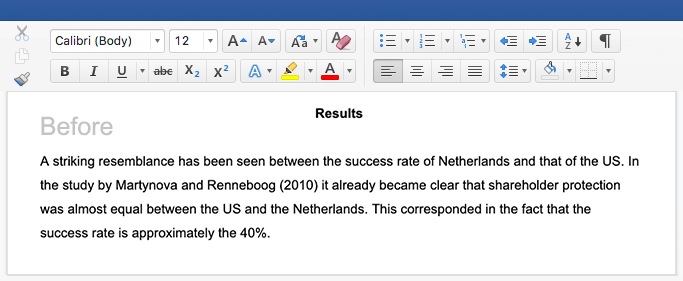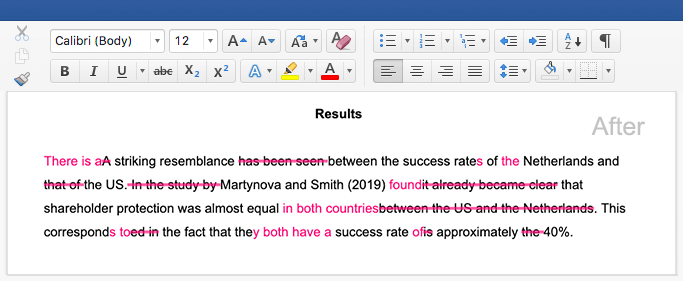What Is an Interjection? | Examples, Definition & Types
An interjection is a word or phrase used to express a feeling or to request or demand something. While interjections are a part of speech, they are not grammatically connected to other parts of a sentence.
Interjections are common in everyday speech and informal writing. While some interjections such as ‘well’ and ‘indeed’ are acceptable in formal conversation, it’s best to avoid interjections in formal or academic writing.
Uh-oh. I forgot to get gas.
We’re not lost. We just need to go, um, this way.
Psst, what’s the answer to number four?
How are interjections used in sentences?
Interjections add meaning to a sentence or context by expressing a feeling, making a demand, or emphasizing a thought.
Interjections can be either a single word or a phrase, and they can be used on their own or as part of a sentence.
Shoot, I’ve broken a nail.
Oh really? I didn’t know that.
As interjections are a grammatically independent part of speech, they can often be excluded from a sentence without impacting its meaning.
- Oh boy, I’m tired.
- I’m tired.
- Ouch! That hurts!
- That hurts!
Primary interjections
A primary interjection is a word or sound that can only be used as an interjection. Primary interjections do not have alternative meanings and can’t function as another part of speech (i.e., noun, verb, or adjective).
Primary interjections are typically just sounds without a clear etymology. As such, while they sometimes have standard spellings, a single interjection may be written in different ways (e.g., ‘um-hum’ or ‘mm-hmm’).
Um-hum. I think that could work.
We won the game. Yippee!
Secondary interjections
A secondary interjection is a word that is typically used as another part of speech (such as a noun, verb, or adjective) that can also be used as an interjection.
Shoot! My flight has been canceled.
Awesome! Do that trick again.
Volitive interjections
A volitive interjection is used to give a command or make a request. For example, the volitive interjection ‘shh’ or ‘shush’ is used to command someone to be quiet.
Psst. Pass me an eraser.
Ahem. Please pay attention.
Emotive interjections
An emotive interjection is used to express an emotion or to indicate a reaction to something. For example, the emotive interjection ‘ew’ is used to express disgust.
Curse words, also called expletives, are commonly used (in informal contexts) as emotive interjections to express frustration or anger.
Yay! I’m so excited to see you.
Yum! This apple pie is delicious.
Cognitive interjections
A cognitive interjection is used to express a thought or indicate a thought process. For example, the cognitive interjection ‘um’ can express confusion or indicate that the speaker is thinking.
Wow! I wasn’t expecting that.
Eureka! I’ve solved the puzzle.
Greetings and parting words
Greetings and parting words/phrases are interjections used to acknowledge or welcome someone or to express good wishes at the end of a conversation.
Hello! It’s good to see you.
Bye!
See you soon! Drive safe.
Interjections and punctuation
How an interjection is punctuated depends on the context and the intensity of the emotion or thought being expressed.
Exclamation points are most commonly used along with interjections to emphasise the intensity of an emotion, thought, or demand.
When the emotion or thought being expressed is less extreme, an interjection can also be followed by a period. If an interjection is used to express uncertainty or to ask a question, it should be followed by a question mark.
We’ve just won the lottery. Hurray!
Hmm?
When an interjection is used as part of a sentence, it should be set off from the rest of the sentence using commas.
It was an interesting lecture, indeed.
The project is, uh, going well.
Frequently asked questions
Sources for this article
We strongly encourage students to use sources in their work. You can cite our article (APA Style) or take a deep dive into the articles below.
This Scribbr articleRyan, E. (2022, November 16). What Is an Interjection? | Examples, Definition & Types. Scribbr. Retrieved 15 December 2025, from https://www.scribbr.co.uk/the-parts-of-speech/interjection/
Aarts, B. (2011). Oxford modern English grammar. Oxford University Press.
Butterfield, J. (Ed.). (2015). Fowler’s dictionary of modern English usage (4th ed.). Oxford University Press.
Garner, B. A. (2016). Garner’s modern English usage (4th ed.). Oxford University Press.



